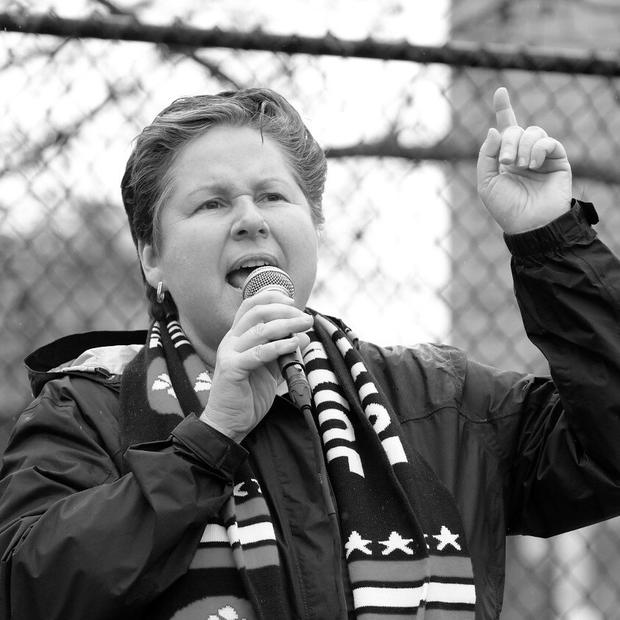Hey Legislators — instead of just wringing your hands on the need to trim higher education expenses in a sea of red state budget ink, why not challenge our entire education system to think differently about how we provide educational opportunities and degrees to many more of our fellow Washingtonians, whether they ever sit in a university lecture hall or not?
Despite much recent grousing regarding Gov. Christine Gregoire's proposal to create one department of education for Pre-K-University, it's exactly the sort of remedy that allows us to make systemic changes to provide opportunity and access to more students. The behemoth battleship of our Pre-K to PhD system can’t be steered by thousands of different hands if we’re really serious about making change quickly, decisively, and dramatically.
Ranking 48th among the 50 states in the percentage of our population enrolled in four-year schools at the undergraduate level deserves something extraordinary, wouldn’t we all agree? A new system is a chance to alter the entire dynamic of how education is delivered in our state. But I’d go one step further and advocate for breaking down the stifling box of the current, high-overhead, bricks-and-mortar, classroom-based learning-delivery structure that has hampered us from achieving equality in education access for so long.
The technology is here. Let’s use it. In fact, many of us already do.
My favorite school right now doesn’t have a freshman lecture halls filled with hundreds of students, a football team, or even a dean. It's Khan Academy, a non-profit dedicated to providing a world class education to anyone, anytime on the web.
I first found Khan Academy in an effort to summon the last vestiges of my own high school math classes in order to explain linear equations to my eighth grader. Kahn has no out-of-date text books, no fossilized curriculum, no bellicose school board to debate policy, just the core concepts required to thrive academically in a particular topic. Founder Sal Khan’s guiding belief is that "someone who truly understands the core concepts will thrive academically regardless of the curricular context. To take it a step further, someone who experiences the joy and satisfaction of true understanding will never again be satisfied with the superficial type of learning that most students have grown accustomed to."
Some 1,600 topics and 36,463,750 lessons later, about 1 million students per month use Khan Academy. For free. They don’t just have to fly solo either. There is a "coaching" function that allows teachers to incorporate those lessons into their current classroom environment, or, leave the classroom behind entirely.
Approaches like these raise the possibility, for example, where core concepts and introductory classes in our high school and university systems were all taught online, with student cohort groups meeting at the local java joint for discussion and project work. You could progress as fast as you could learn (and prove) subject mastery.
What does that mean? Less time in a crowded and boring lecture and more time putting what you’ve learned into practice in the real world, getting ready for all those job opportunities the legislature is fond of promoting.
As the former Director of Microsoft University, I always viewed the holy grail of education to be providing access to the best experts on a topic, to as many students as possible, and then letting them create and invent, buoyed by the power of their understanding and mastery. Face it, not every teacher is good one. But technology can be used right now to make sure we can all get access to a great subject expert in a particular topic. Don’t believe me? Check out Kahn Academy.
So my suggestion, in these times of fewer dollars and rising needs for educating our college students, is to couple the basics with the face-to-face coaching of good teachers to engage a much broader range of students. If the centralized educational system Gov. Gregoire is calling for becomes real, and we’re smart about using technologies in revamping our learning delivery system, we can significantly increase the access we can give children and adults throughout the state to a state education system that serves their needs now. That seems a smarter direction than just perpetuating the paradigms of the past.


